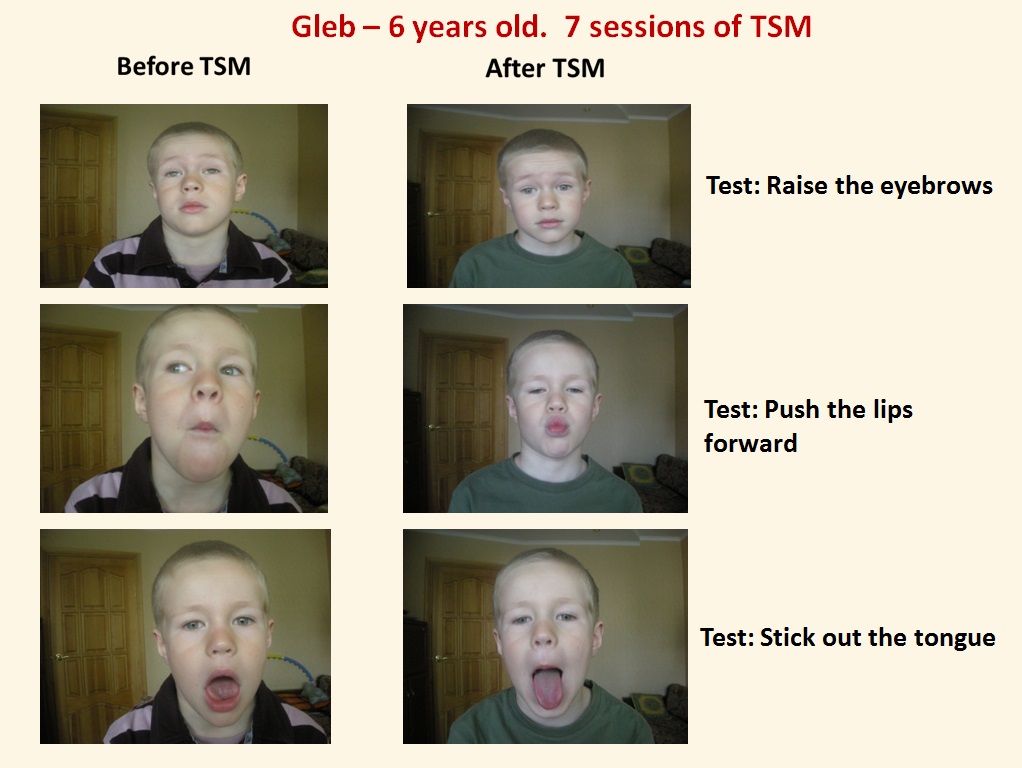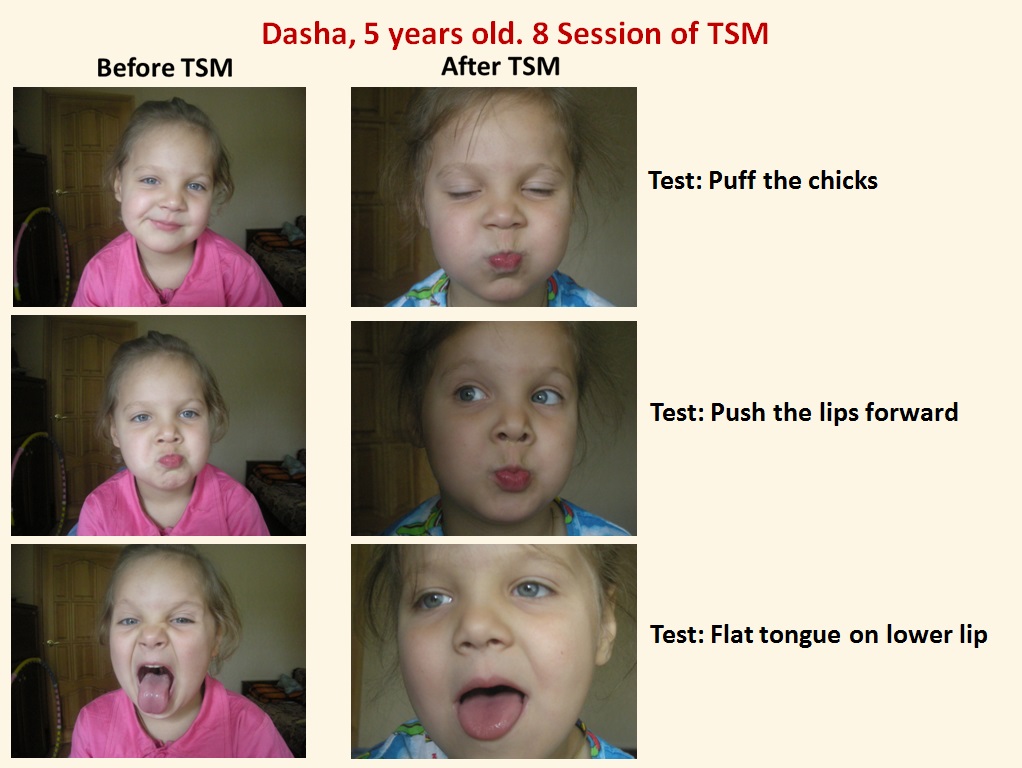World Orofacial Myofunctional Sciences Day
Therapeutic Speech Massage for Use in Myofunctional Problems
Elena Dyakova Ph.D, Professor, SLP, Moscow, Russia
- Therapeutic Speech Massage (TSM) was developed and proposed by Elena Dyakova in 2003 (the first publication of the book) for propose of speech therapy. TSM aimed at the normalization of the function of oral-facial and speech muscles and enhancing their work. Over the past 10 years, this method has proved its high effectiveness and widespread among Russian Speech Therapists as an effective method of speech therapy. From 2014 TSM is included in the mandatory educational program for students for bachelor’s degree for SLP.
- Therapeutic Speech Massage (TSM) is an active method of intervention that alters the condition of the muscles, nerves, blood vessels, and tissues of the oral and facial areas. Therapeutic Speech Massage is a technique that normalizes all the components of speech: breath support, vocalization, articulation, as well as the swallowing, sucking, chewing and emotional state of individuals suffering from speech dysfunction.
Basic Goal of Therapeutic Speech Massage:
- Improving the quality of life individuals with speech and myofunctional problems through the use of TSM.
- The main focus of Therapeutic Speech Massage in propose of Myofunctional Therapy for those with open–mouth posture, narrow hard palate, “tongue trust”, tongue tie; swallow, sucking and chewing problems and also articulation disorders.
- Massage is used in speech therapy practice with people who have been diagnosed with speech disorders such as oral-motor problems, dysarthria, apraxia, cleft palate, voice disorders, and stuttering.
- TSM also is used for prevention of speech and myofunctional disturbances among infant and toddles who have different kinds of the problems with swallowing, sucking, chewing.
- Oral-facial muscles, i.e., lips, cheeks, tongue, mandibular, the mimic muscles of the face as well a neck and breathing muscles all combine to constitute a unified muscle system. TSM covers all the areas mentioned above even when muscle anomalies are diagnosed for a seemingly unconnected local area.
Theoretical foundation of TSM:
The foundations of TSM depend upon recognizing the interactions and relationships between the muscles of the face, head, neck and shoulders. Physical therapists seldom limit their work to the specific muscles which have been traumatized or nonfunctioning. They usually begin their treatment on the periphery of the target area and slowly work through a series of connected muscles, thus preparing the traumatized tissue to be more receptive to direct massage. This step by step approach is the defining characteristic of TSM. There is a great deal of research which demonstrates why this approach works.
Numerous investigations have shown the elasticity of muscle filaments, volume, strength and contractive function, and capacity of the muscles for work, all increase under the influence of massage. In addition, observation and study of the dynamics of biopotentials on myograms have shown that there is a reduction of tone in spastic muscles and a corresponding increase of tone in flaccid muscles after massage. All of this research indicates that treating the primary speech muscles as part of larger muscle groups should increase the ability of these muscles to benefit from the standard therapies used by speech therapists throughout the world. It is this research which provides the theoretical basis for the work of Dr. Dyakova.
Basic Results of using Therapeutic Speech Massage:
- Normalize the muscle tone of the oral, facial, vocal, and breathing musculature.
- Activate muscle groups that have not to contract sufficiently and increase oral-motor range of motion.
- Reduce pathological neurological symptoms such as synkinesis, hyperkinetic disorders, spasms, drooling.
- Stimulate proprioceptive, kinesthetic sensations to facilitate organization of movement which help muscles to form coordinated voluntary movements and eliminate poor oral habit patterns..
- Establish equilibrium to the mouth, face, neck and body by changing function
- Help to normalizes all the components of speech: breath support, vocalization, resonance and articulation
- Help to normalize the emotional state of individuals





Book THERAPEUTIC SPEECH MASSAGE by Elena A. Dyakova in English
is available on Amazon
www.iiosp.com www.tsmus.info


